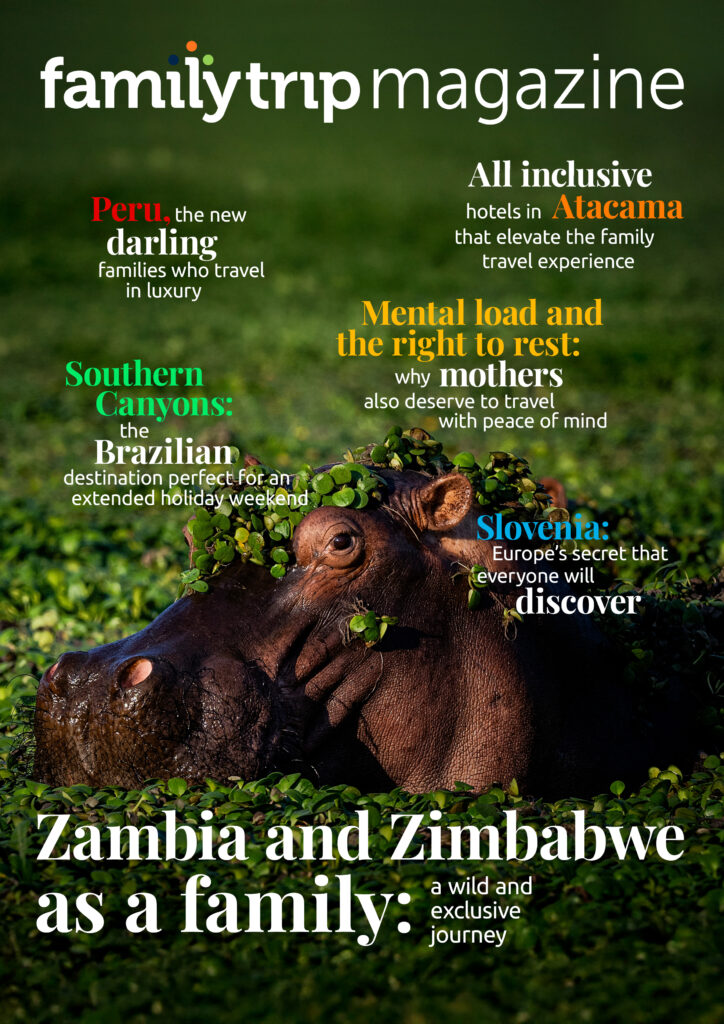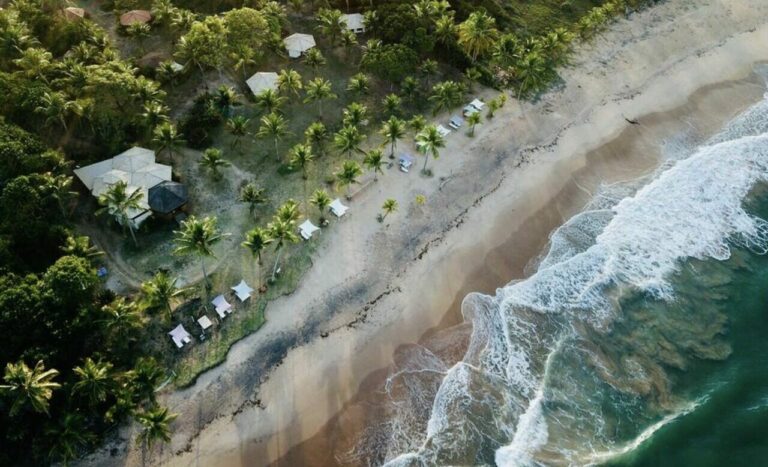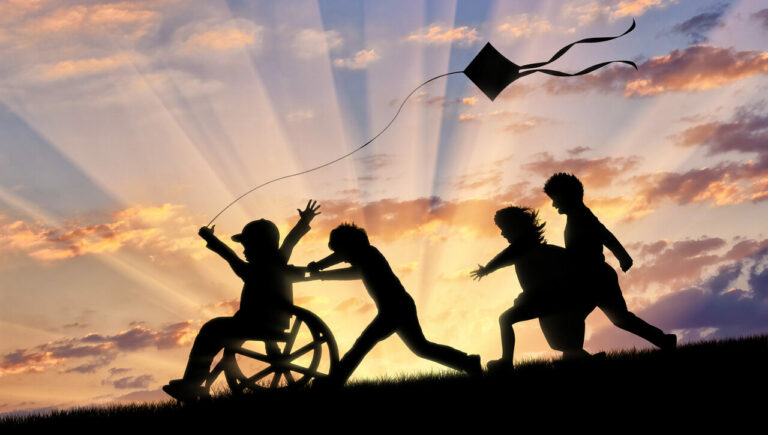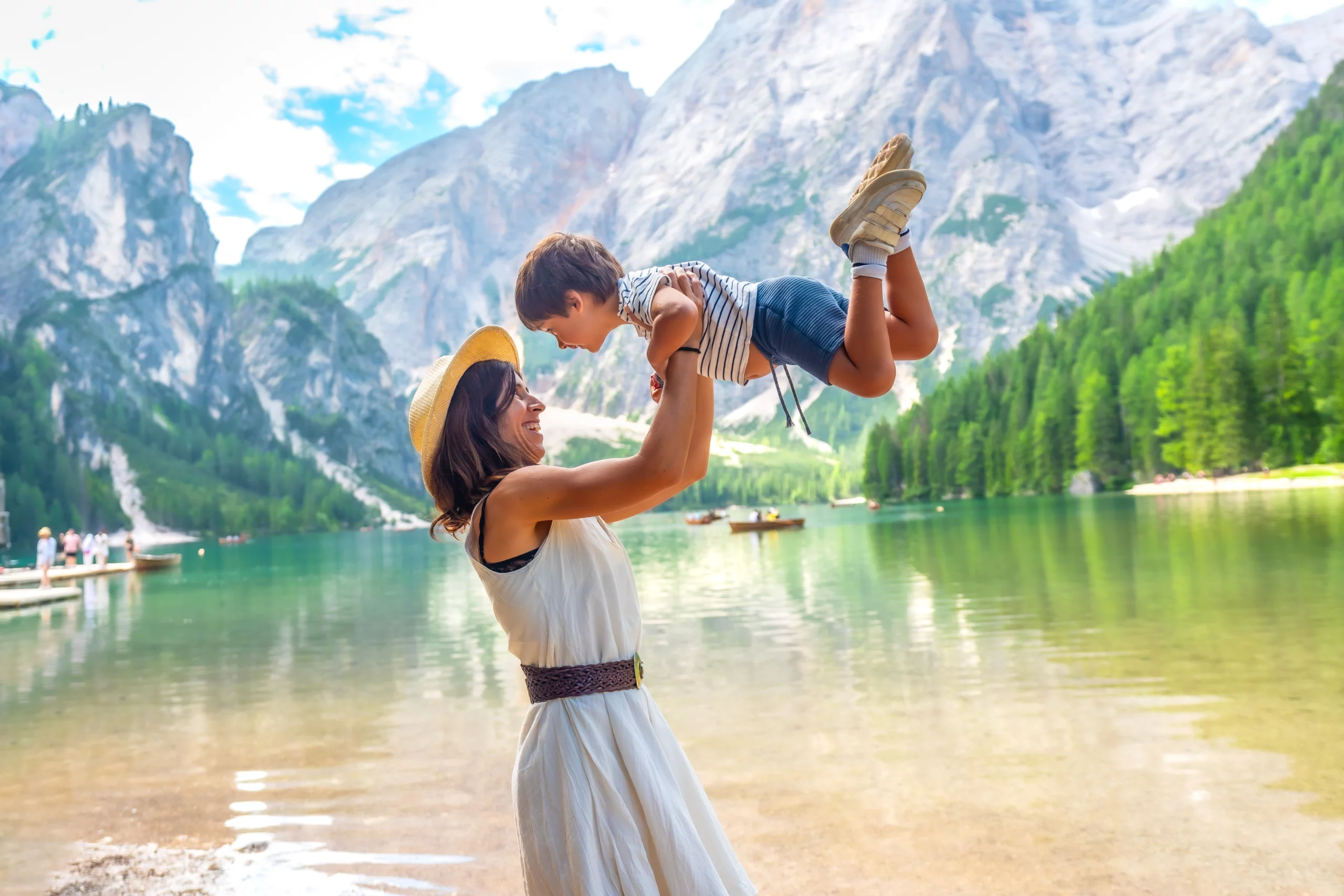
- Always on the list
Dolomites: the Italian destination that makes it worth returning to the country
The Italian Alps region offers contact with nature, bilingual culture, and activities that enchant children and parents in any season
By Caroline Sundfeld
For families who already know Rome, Florence, and Venice, the Dolomites represent a completely different face of Italy. Located in the eastern Alps, in the country’s northern region, this mountain range declared a UNESCO World Heritage Site offers landscapes that totally contrast with the traditional historic cities of Italian itineraries.
The Dolomites extend for 150 kilometers and encompass five provinces — Trento, Bolzano, Belluno, Udine, and Pordenone — creating a territory where dolomitic limestone mountains rise between green valleys and crystal-clear lakes. Here, children discover that Italy goes far beyond museums and monuments: it’s a country where you can ski in winter, hike in summer, and observe the natural phenomenon of “enrosadira,” when mountain peaks are tinged pink at dusk.
A region with two identities
The Dolomites’ particularity begins with language. Bolzano province is officially bilingual, maintaining Italian and German as official languages. This characteristic reflects the region’s history, which belonged to Austria until the end of World War I. On traffic signs, restaurant menus, and local conversations, families encounter a cultural mixture that makes the travel experience richer.
Many places have two names — one Italian and another German — which initially may confuse, but soon becomes part of local charm. Children have fun trying to pronounce names like Südtirol (German version of Alto Ádige) or discovering that Bolzano is also called Bozen.
This cultural duality is reflected in architecture, gastronomy, and even local lifestyle. Houses with Alpine roofs share space with Mediterranean villas, while cuisine combines Austrian dishes with Italian tradition, creating a welcoming and educational family environment.
Cortina d’Ampezzo and Bolzano: the family bases
Cortina d’Ampezzo functions as the most popular gateway for families visiting the Dolomites. Located two hours from Venice by car, it offers complete tourist infrastructure, with family hotels, restaurants adapted for children, and easy access to the region’s main tourist attractions.
The city combines Alpine elegance with family practicality. During summer, it functions as a base for hiking and cable car rides. In winter, it transforms into a ski resort with slopes suitable for different skill levels, including ski schools specialized in teaching children.
Bolzano, in turn, offers a more urban alternative as a base. One hour and 15 minutes from the local airport, it combines city life with easy mountain access. It has interactive museums, historic centers for family walks, and serves as a starting point to explore both the Dolomites and Valle Isarco.
For families who prefer alternatives, smaller cities like Ortisei, Dobbiaco, or Canazei offer more intimate atmosphere and direct contact with local Alpine culture.
Summer: trails and lakes for the whole family
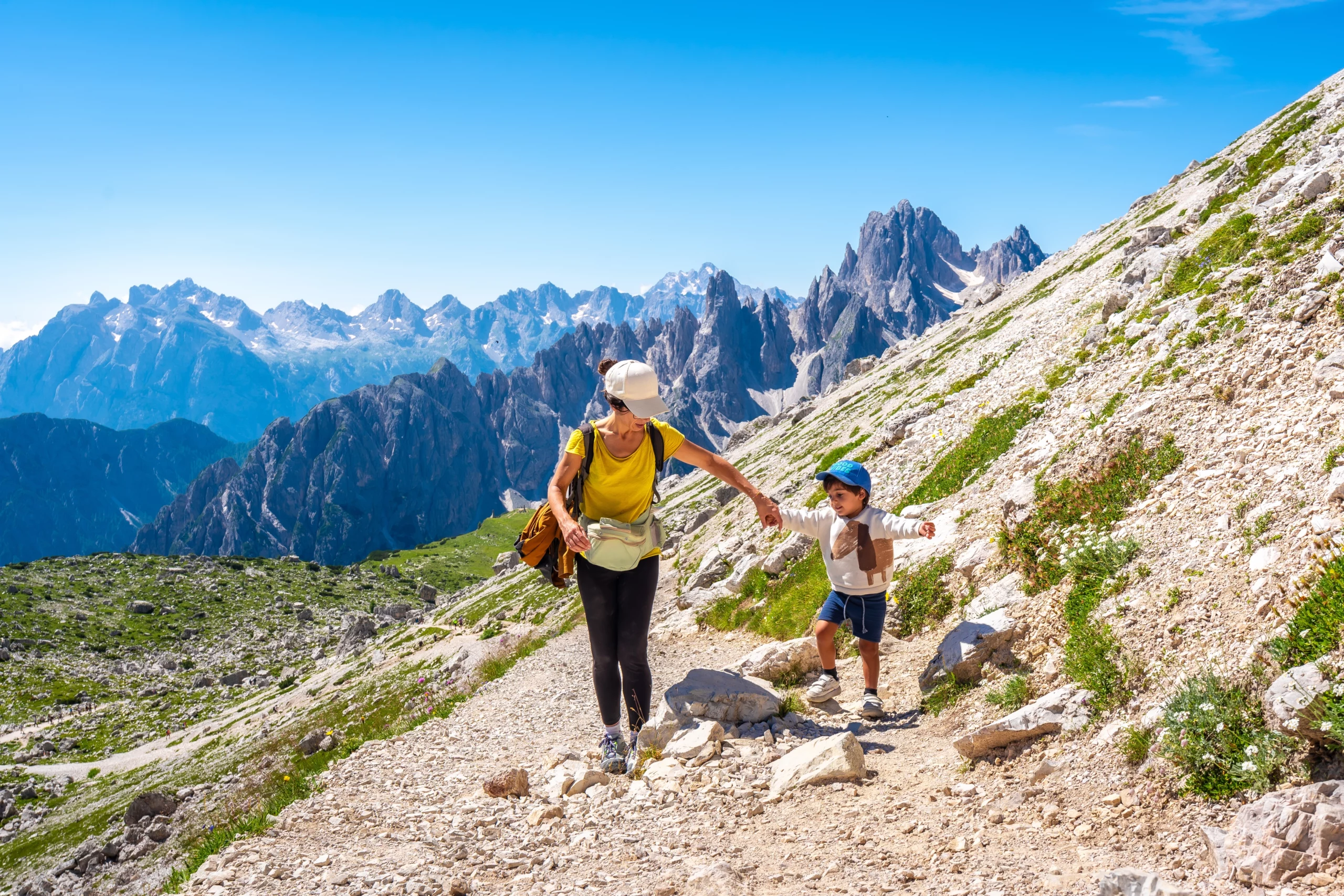
Summer in the Dolomites, from June to September, transforms the region into a natural playground for families. Temperatures remain mild, between 15°C and 25°C (59°F to 77°F), facilitating outdoor activities without southern Italy’s excessive heat.
The region’s lakes offer ideal outings for children. Lake Braies, considered one of Italy’s most photographed, has a 2.5-kilometer circular trail suitable for all ages. Lake Carezza, known as the “rainbow lake” due to reflections it creates, allows short walks and family picnics on its shores.
Lake Misurina, located almost in the Dolomites’ center, reflects some of the region’s most famous peaks in its waters, including the Tre Cime di Lavaredo. The trail around the lake is flat and safe for small children.
For more adventurous families, cable cars like the one leading to Monte Seceda offer easy access to panoramic views without requiring long walks. The cable car departs from Ortisei and provides an exciting experience for children who have never ridden this type of transportation.
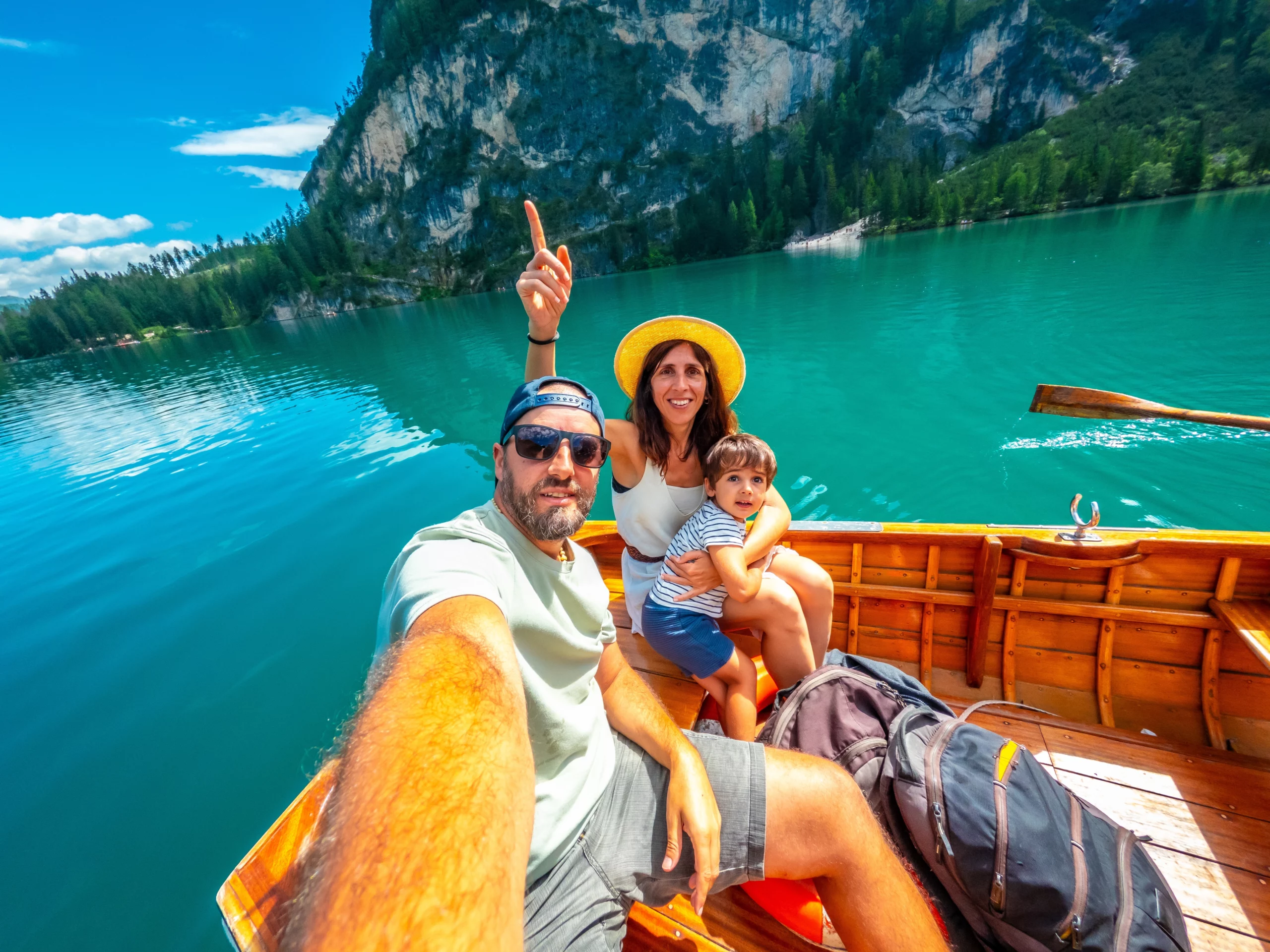
The region has trails for all levels. Easy walks like Val di Funes, between meadows and Alpine villages, allow even families with small children to enjoy the landscapes. More challenging trails, like Tre Cime di Lavaredo, reward families with older children with views over rock formations that look like natural towers.
Winter: skiing and alpine traditions

Between December and March, the Dolomites transform into one of Europe’s main ski destinations. The Dolomiti Superski complex offers 1,200 kilometers of slopes distributed across 12 different areas, including specific options for families and ski schools specialized in children.
For families who have never had contact with snow, the region offers gradual experiences. Resorts like Madonna di Campiglio or Val Gardena have beginner slopes, English-speaking instructors, and rental equipment in children’s sizes.
The “enrosadira” phenomenon happens mainly in colder months, when the low sun paints rocky peaks with pink and golden tones in late afternoon. For children accustomed to tropical sunsets, this natural spectacle creates memorable moments.
Simplified family logistics
The Dolomites are strategically positioned for families already traveling through Italy. From Venice, it’s only 2 hours by car. From Milan, 3 hours. From Verona, just over 2 hours. This proximity allows including the region in existing itineraries without major logistical modifications.
Bolzano airport is 1 hour and 15 minutes from the region, but has limited connections. Larger airports like Verona, Venice, or Milan offer more flight options and connections, compensating for additional distance.
Renting a car is practically mandatory to enjoy the region with family. Roads are well-signposted, safe, and offer scenery throughout the journey. Children who normally get bored on car trips stay entertained observing mountains, castles, and Alpine villages that change at every turn.
Activities beyond the mountains
The region offers complementary activities that diversify family itineraries. MUSE (Science Museum) in Trento combines education with fun, presenting dinosaur fossils, interactive experiments, and Alpine geology exhibitions in a playful way.
Medieval castles scattered throughout the region, like Castel Roncolo in Bolzano, allow children to explore towers, courtyards, and exhibitions adapted for different ages. Many offer educational activities like medieval crafts workshops or historical reenactments.
Bicycle rides along the Drava cycle path offer alternatives for families who prefer quieter activities. The route is known for being flat and safe, suitable for children who already know how to pedal.
Local farms open their doors for visits, allowing urban children to have contact with animals, participate in cow milking, and learn about Alpine cheese production.
Dolomites vs traditional Italian destinations

Unlike Rome or Florence, where focus is on art and history, the Dolomites offer experiences based on nature and physical activities. For children who have already visited museums and monuments in other Italian cities, they represent complete changes of pace and environment.
The region teaches different concepts: physical geography, geology, ecology, and Alpine cultures. Children learn about mountain formation, water cycles, Alpine wildlife, and European rural traditions.
Contact with nature stimulates different abilities from those developed in historic cities. Spatial orientation, physical resistance, fauna and flora observation, and environmental awareness develop naturally during activities.
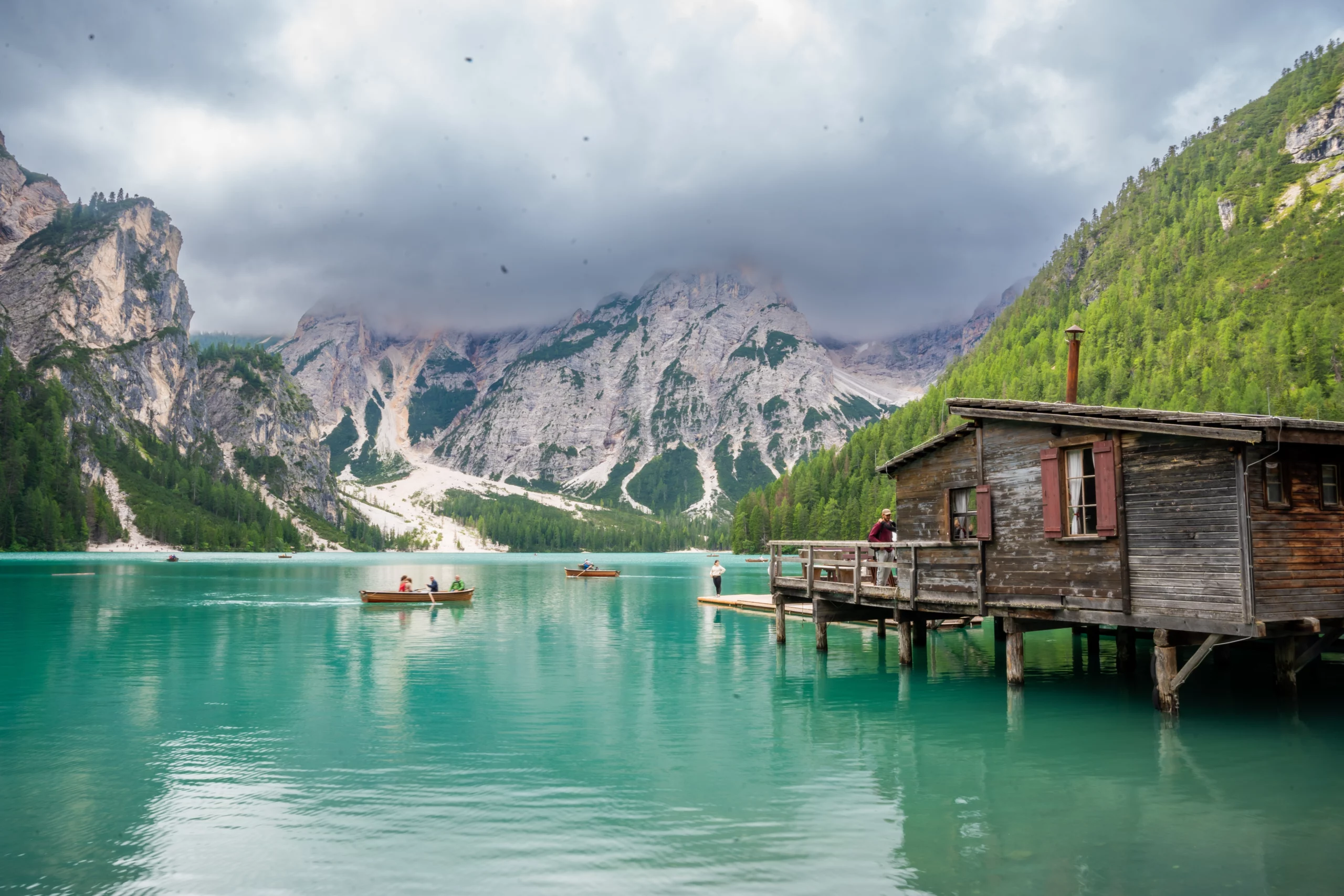
Educational impact of the trip
Families visiting the Dolomites return with broadened perspectives on Italian diversity. Children discover that the country isn’t limited to ancient history and the Renaissance, but also has preserved nature, distinct regional cultures, and Alpine traditions.
The region’s bilingual experience introduces concepts about European history, cultural borders, and peaceful coexistence between different ethnicities. Children observe how Germans and Italians have shared the same territory for generations.
Contact with mountains develops awareness about environmental preservation, the importance of national parks, and sustainable tourism. Concepts that become concrete when observed in practice.
The region offers families a completely different facet of Italy from the traditional imagination. While Rome impresses with historical grandeur and Venice enchants with architectural uniqueness, the Dolomites conquer through nature’s force and cultural authenticity. It’s the destination that transforms an Italian trip from “more of the same” into genuine discovery, justifying return to the country for completely new reasons.
Things the Way Family love to pack in their suitcase:
Gate
Eletronics for the travel: smartphone, drone, câmera, charger,…
Destiny
UV clothes, bikinis, caps, diving goggles, snorkel mask and other accessories…

